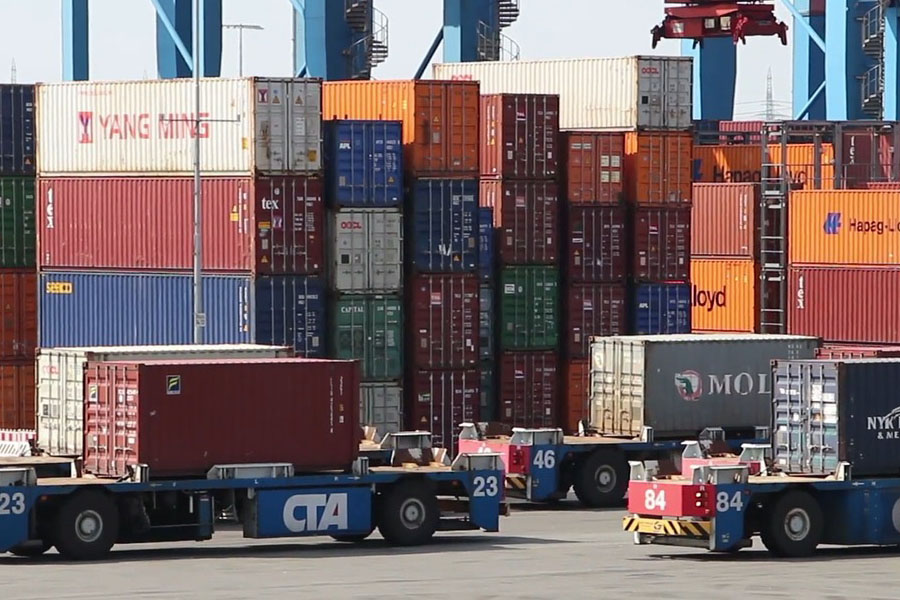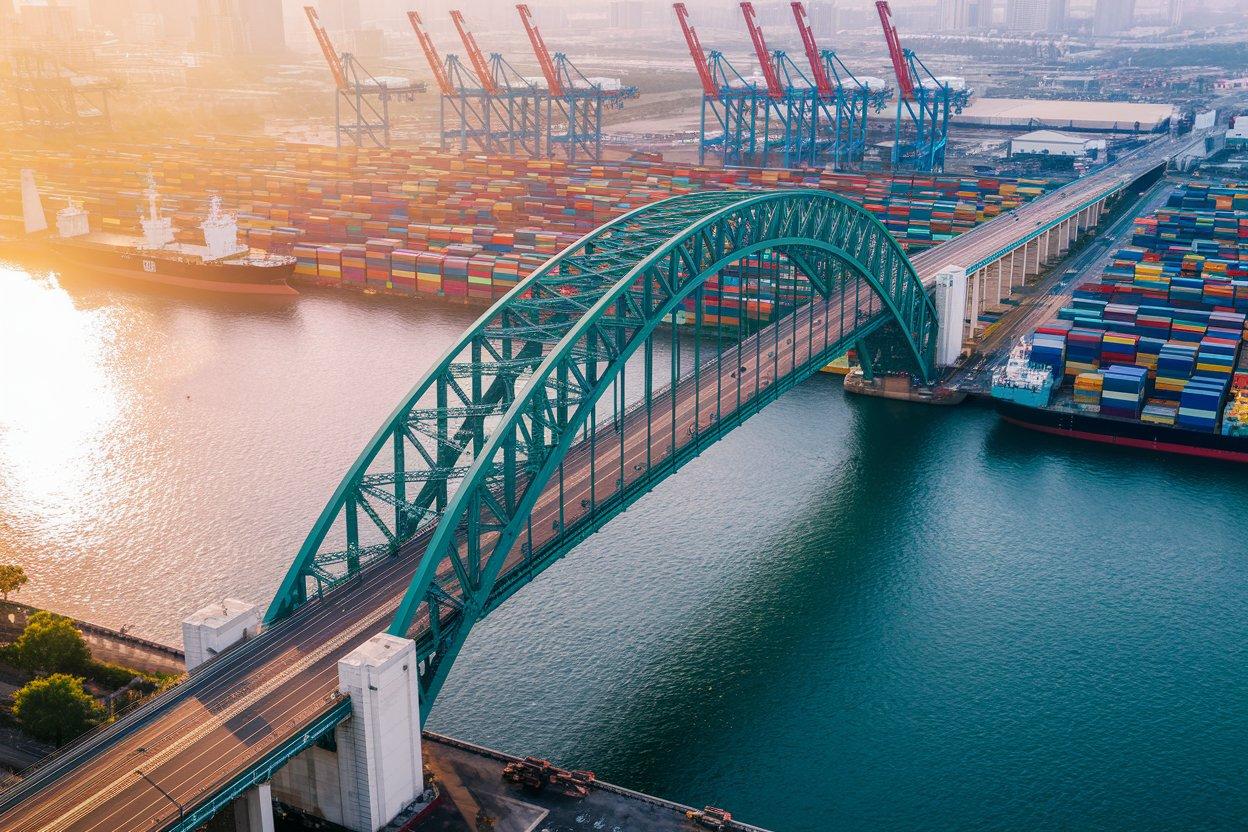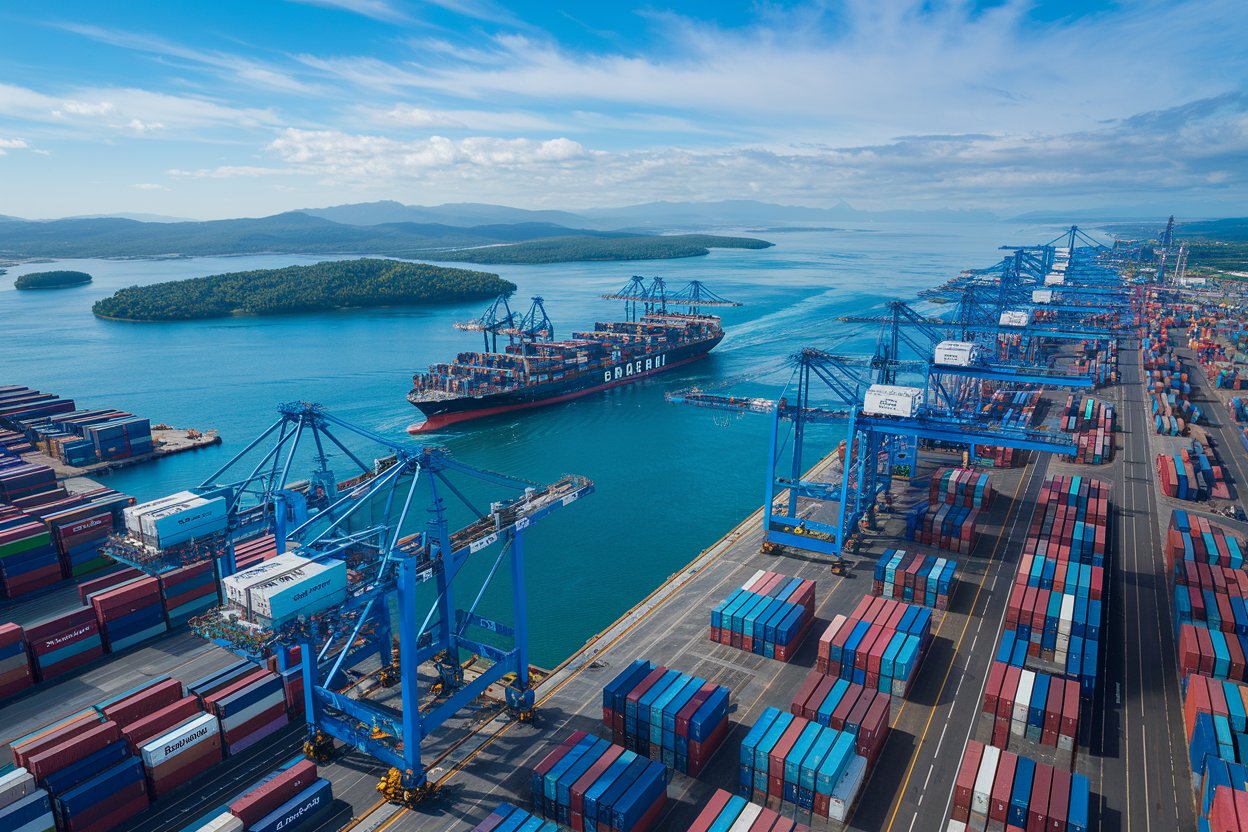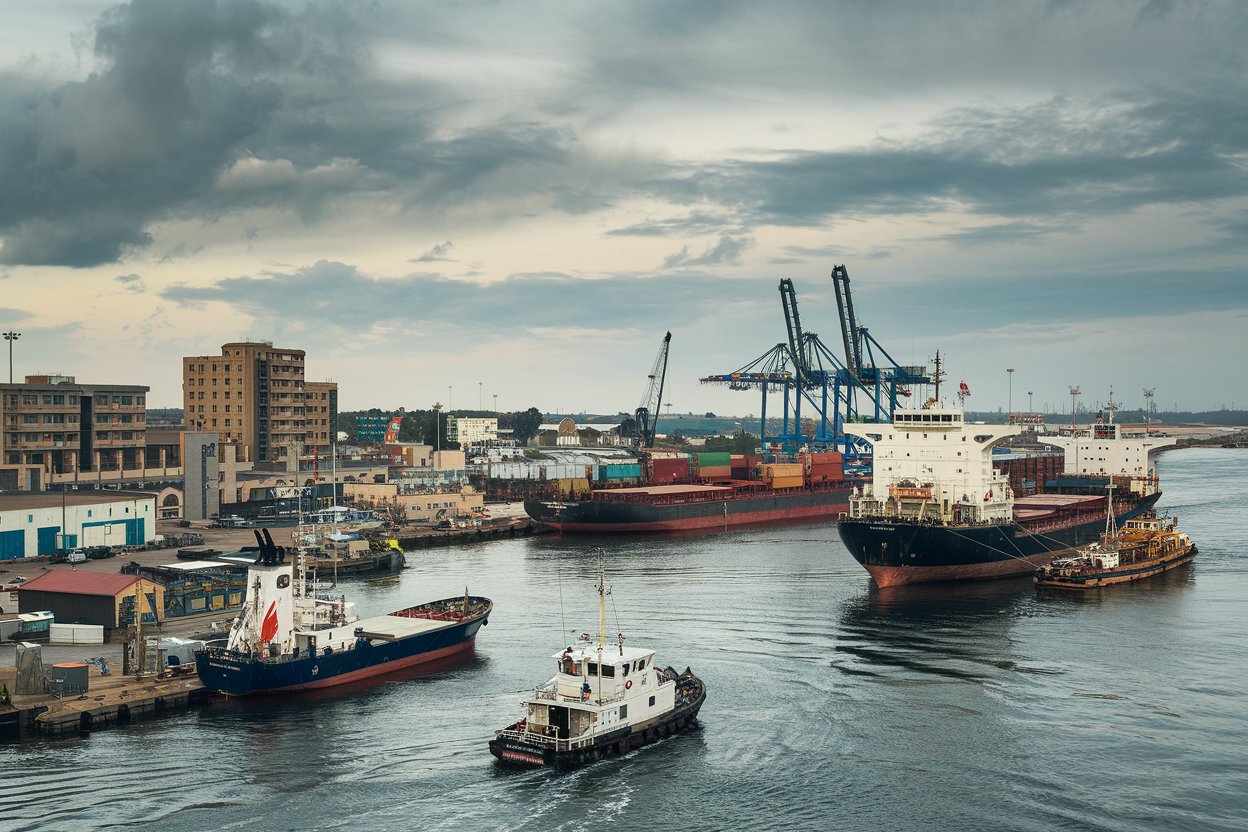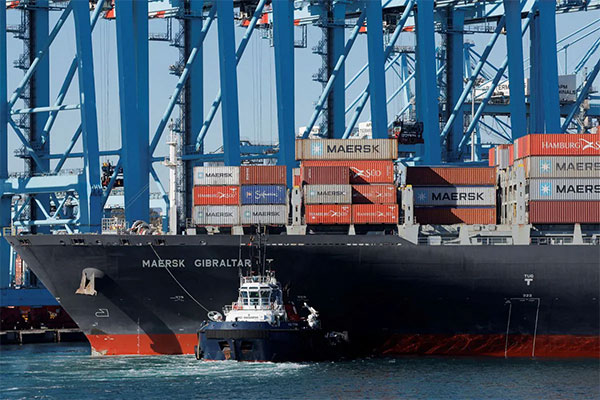- Shanghai Zhongshen International Trade Co., Ltd., with 20 years of experience in foreign trade import and export agency services.
- Service Hotline: 139 1787 2118
Related Introduction
Customs clearance for importsis a procedure requiring payment of tariffs and value-added taxes (VAT). However, miscalculations of these taxes may lead to unnecessary cost waste. Below are some suggestions on how to correctly calculate tariffs and VAT.
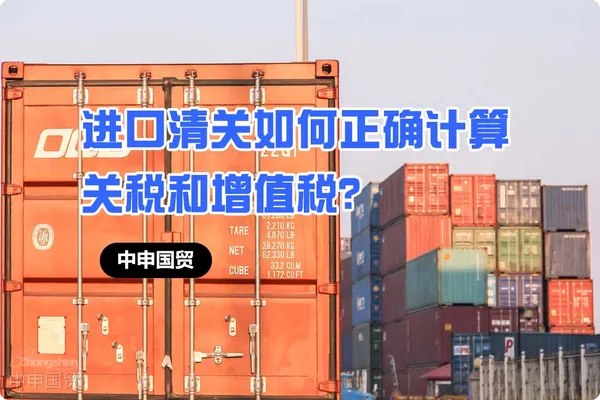
First, determine the correct tax rate. Rates typically depend on the type and origin of imported goods. Consult professionals for this information.
Second, classify imported goods. Tariffs are calculated based on product classification, which depends on factors like nature, purpose, and materials. If unsure, consult professionals.
Third, understand preferential policies. Some goods may qualify for special tariff reductions or rebates. If eligible, you may obtain reductions or rebates.
Finally, ensure the accuracy of customs declarations. Any errors may lead to incorrect tax calculations. Before submission, double-check all information.
In summary, correctly calculating tariffs and VAT is key to smooth customs clearance. Ensure full understanding of rates, classification, preferential policies, and declaration accuracy to avoid errors and unnecessary costs. If unsure, consult professionals.
The above content is sourced from ShanghaiZhong Shen International Trade:
As a one-stop importExport agentservice provider, we can offer customizedImport and exportsolutions for various industries. If you requireForeign tradeimport-export agency services, please contact us for business consultation. Hotline: 139-1787-2118.
Recommended for You
? 2025. All Rights Reserved. Shanghai ICP No. 2023007705-2  Shanghai Public Network Security Record No. 31011502009912
Shanghai Public Network Security Record No. 31011502009912
